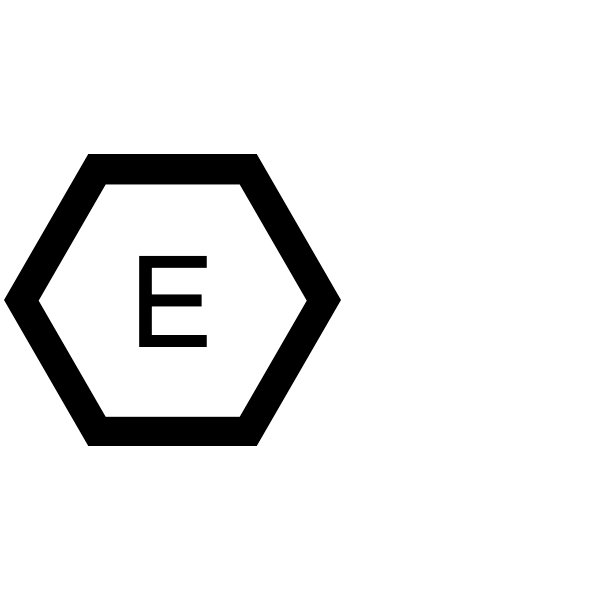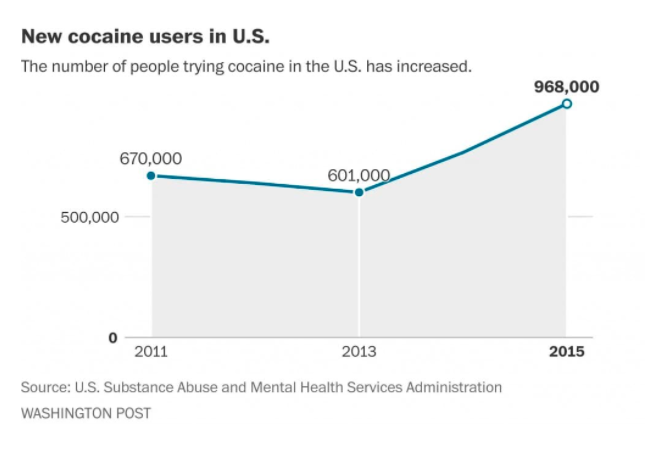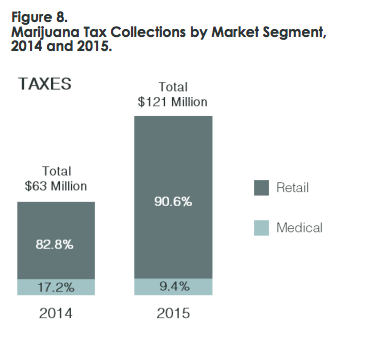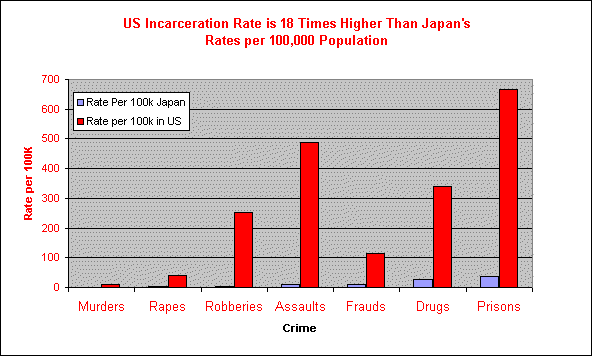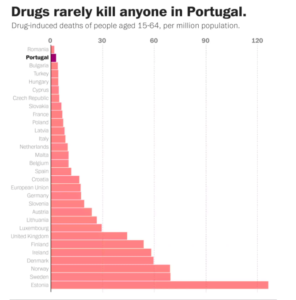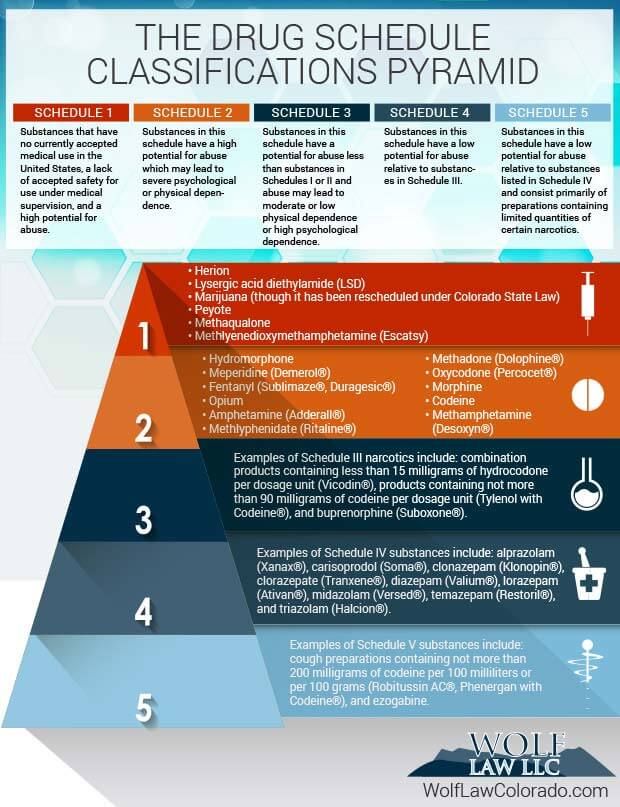 Introduction
Introduction 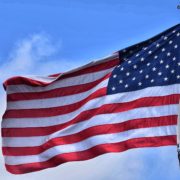 History of Drug Laws
History of Drug Laws Drug Use After Drug Laws
Drug Use After Drug Laws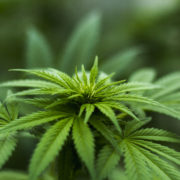 Legalization of Marijuana
Legalization of Marijuana So how do we find a solution?
So how do we find a solution?Drugs and the law: What has the U.S. been doing? An introduction.
The war on drugs has been very prominent recently with our new president deeming the opioid crisis a “public health emergency” and bringing the war on drugs back in full swing. Although drugs have been prominent in society for long before drug laws were created, the first drug law was only passed in 1875, sparking a huge change in society. People soon became highly affected by the government as they began to try and regulate drug use in the United States, in some ways where reactions were retaliation and others were a little bit more respected (ex. the Pure Food and Drug Act of 1906.) Through these tabs on the website, you will explore the history of drug laws, how they have affected certain drug use over time, the legalization of marijuana and its effects, and our possible solution on how to end the drug problem in the United States.
History of Drug Laws
THE OPIUM DEN ORDINANCE (1875)
This was the first law that was passed against drugs in United States history. After the Civil War, morphine and opium were very popular drugs, especially in San Francisco. This was because the Chinese immigrants brought it over with them as they were in San Francisco for the famous California Gold Rush. Although this law did target opium and opium dens (places where opium was widely bought and sold) there was a deeper meaning to this law. It was actually passed to stop the interaction between Americans and Chinese, as Chinese immigrants normally ran the drug dens at the time. Although this was an attack towards opium dens, the ordinance did not stop opium from being used, it simply just drove the dens underground. The government then enacted the Opium Exclusion Act of 1909 that fully stopped the import of opium into the United States starting on April 1, 1909. This act only targeted opium sold by Chinese immigrants in the states, not the opium used by Americans for medicine. This was the first attempt at the war on drugs in America, as arrests began to happen when people were found illegally selling opium.
Citation:
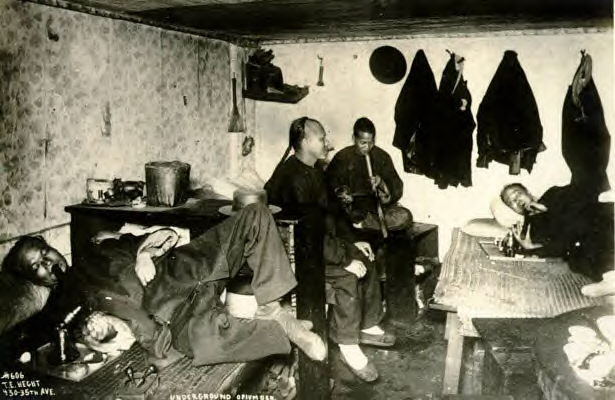
PURE DRUGS AND FOOD ACT (1906)
The Pure Drug and Food Act was signed by President Theodore Roosevelt on the same day as the Federal Meat Inspection Act. The main purpose of the Pure Drug and Food Act was ban interstate movement of mislabeled food or drug products. This also made the U.S. Bureau of Chemistry to keep that in check – which is checking that all active ingredients are mentioned on the label. This was passed at the same time as the Federal Meat Inspection Act, which mandated that all livestock be checked before they were slaughtered and to keep a close check on slaughter houses as they were very badly maintained beforehand. These were passed at around the same time because it split the two acts into two different bureaus. The Pure Drug and Food Act was being enacted by the Bureau of Chemistry, and the Federal Meat Inspection Act was enacted by the Bureau of Animal Industry. Under the Pure Drug and Food act, any possible dangerous or addictive ingredients had to be listed on the packaging, so people knew what they were receiving.
Citation:
HARRISON NARCOTIC TAX ACT (1914)
Following the United States acquisition of the Philippines the United States were forced to deal with opium addiction problems happening there and by doing so raised awareness of drugs, and possible issues in the states.The act was proposed by senator Francis Harrison it was a new system of laws that regulated cocaine and opium related drugs. Before now drugs were seen in the eyes of the law differently from state to state depending on how lenient said state was, there were no wide sweeping federal laws yet. This was the beginning of drug regulation and later drug criminalization.
Citation:
PROHIBITION (1919-1933)
Section 1: After one year from the ratification of this article the manufacture, sale, or
transportation of intoxicating liquors within, the importation thereof into, or the exportation
thereof from the United States and all territory subject to the jurisdiction thereof for beverage
purposes is hereby prohibited
The 18th Amendment in the Constitution deeming the prohibition of alcohol was ratified in 1919 and took effect in 1920, changing the lives of many American’s during the time. Although prohibition did technically work with the consumption of alcohol dropping 30-50% throughout the time that it was enacted, people found other ways to consume alcohol including the use of speakeasies and dangerous ways of alcohol fermentation. People turned to fermenting wood, as it did create the same feeling that alcohol did but not many people knew how toxic it was. Deaths from the use of dangerous alcohol fermentation rose dramatically, but the consumption of alcohol at bars decreased, along with deaths from normally fermented alcohol. Prohibition lasted until 1933, where it was soon repealed with the 21st amendment, saying alcohol is now legal for anyone older than the age of 21.
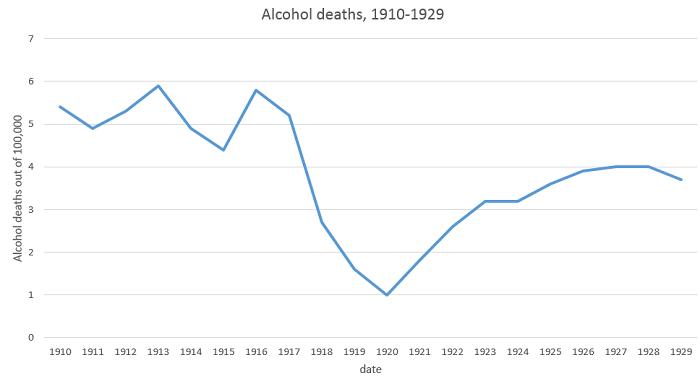
MARIJUANA TAX ACT (1937)
Section 2:
(a) Every person who imports, manufactures, produces, compounds, sells, deals in,
dispenses, prescribes, administers, or gives away marihuana shall ( 1 ) within fifteen days after the effective date of this Act, or
(2) before engaging after the expiration of such fifteen-day
period in any of the above mentioned activities, and
(3) thereafter, on or before July 1 of each
year, pay the following special taxes respectively:
Effective starting October 1, 1937. The Marijuana Tax Act was created by Harry Anslinger to make it harder to access marijuana and almost begin the criminalization of it. Anyone selling, distributing, importing, manufacturing, producing, compounding, dispensing, administering, prescribing, or giving away marijuana had to register with the IRS and pay an occupational tax on it within a 15 day period of the effective date of the act. Or they must pay the tax on or before July 1st of each year. Failing to do so could result in up to a $2,000 fine or 5 years in jail or both. The Act however, made it nearly impossible to receive medical marijuana legally because there was so much paperwork that had to be done. It also had a very large impact on the hemp industry. Hemp began a major decline because it made it much more difficult to produce, import and export economically. It was much less cost effective in those aspects therefore the industry as a whole started to struggle. The act also began the popular usage of the term marijuana rather than just hemp or cannabis. The American Medical Association was against the act because it include doctors who were prescribing marijuana for medicine and made things overly complicated. However, even with the objection from the AMA, it was eventually passed anyway.
Citation:
Study.com, Study.com, study.com/academy/lesson/the-marijuana-tax-act-of-1937.html.
CONTROLLED SUBSTANCE ACT (1970)
October 27, 1970, Richard Nixon signed into law the Controlled Substance Act or CSA, regulating distribution, possession, and importation of certain drugs across the country. Some drugs include narcotics, stimulants, depressants, hallucinogens, anabolic steroids, opioids, and dissociatives. The law also created schedules based upon potential for abuse, pharmacological effect, pattern of abuse, scope, duration and significance of abuse, risk to the public health, physical or physiological dependence liability and if the substance is an immediate precursor of a substance already controlled. Schedule 1 being the most abused, no medical purpose, high potential for abuse and lack of accepted safety for use of the drug or substance even under medical supervision. Schedule 5 being the least likely to be abused, most medicinal purpose, etc. An example of a schedule 1 drug would be heroin whereas a schedule 5 drug would be Lyrica. One drug that is in schedule 1 but would be more debatable is marijuana. The definition of a schedule 1 drug explicitly states it has no currently accepted medical use in treatment. Therefore, this means that according to the DEA’s classification, marijuana doesn’t have a medical benefit and is currently considered highly abusive.
Drug Use After Drug Laws
Cocaine
Throughout the last decade, the use of cocaine in the United States has sharply declined. Studies show that between 2006-2010 cocaine usage dropped by about half. This is most likely do to the increase in use of other drugs like marijuana. However, as of 2015 cocaine usage has spiked back up and could possibly be due to the increase in coca in Colombia. In 2011 the number of people in the US was 670,000, whereas in 2015 it was at 968,000. This number is in sync with Columbia’s rising amount of coca. In 2011 there were about 83,000 hectares of coca plants cultivated and in 2015 there were around 159,000 hectares. Meaning that as the amount of coca cultivated in Columbia goes up, the amount of people tying cocaine in the US has also gone up. From 2006 to 2015 there has been a significant increase in deaths from cocaine overdose. Everything involving cocaine has shot back up in the past 2 or 3 years except treatment admissions, meaning more people are using cocaine but less people are getting help for it.
Citation:
Tobacco
Tobacco use in the United States since the 60’s has been in a steady decline for adults, and since the late 90’s the same is true for teens. This can be attributed to the increased taxes on tobacco products, and the increased government effort to end smoking. This government action was in response to the growing information about the harms of smoking and the lifelong effects.
Citation:
“Trends in Current Cigarette Smoking Among High School Students and Adults, United States, 1965–2014.” Centers for Disease Control and Prevention, Centers for Disease Control and Prevention, 30 Mar. 2016, www.cdc.gov/tobacco/data_statistics/tables/trends/cig_smoking/index.htm.
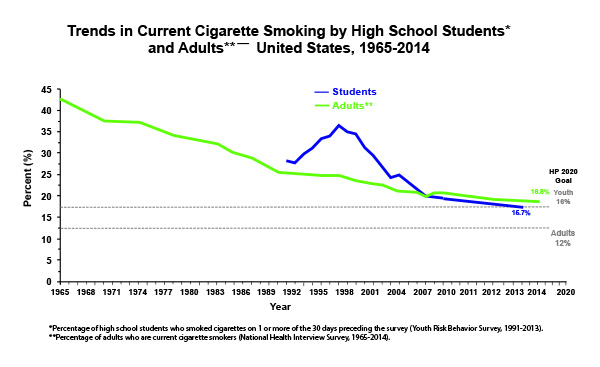
Opioids
The opioid use in the last few years has only gotten worse because of new drugs like Fentanyl which is 50 times stronger than heroin. The USA has more deaths from opioids than any other country in the World. From 1999 to 2009 opioid sales more than tripled. Around 2010 doctors increased prescriptions of opioids, in some states the doctors prescribe more painkillers than there were people. A major problem with the opioid crisis is that companies like Purdue were making so much money off of it. People were getting addicted to their medicine and it was because they made a substance that could be easily addictive. However, people started to switch to heroin because of the cost and how easy it was to get. But, in recent years they have made the change to Fentanyl which is extremely dangerous because of how powerful it is. People may not know that they are taking Fentanyl and think they are taking heroin. If they take the same dose of fentanyl and they think it’s heroin it could be fatal.
Citation:
Law Enforcement
In the past decade the United States has shifted its drug control policy to a more comprehensive approach which focuses on treatment, prevention and enforcement. The United States has continued the practice of “supply reduction” and has emphasized domestic drug enforcement. According to the most recent drug control budget released by the Office of National Drug Control Policy approximately 60 percent of all federal drug control spending is dedicated to supply reduction and approximately 37 percent dedicated to domestic law enforcement.
The US Drug Enforcement Administration (DEA), enforce federally controlled substances laws across the united states. However, the majority of drug crimes in the US are handled by the individual states. In 2012 the DEA made 30,476 drug related arrests for federal drug offenses and state and local law enforcement arrested over 1 million suspects for drug offenses. The majority of the arrests made by state and local authorities are for possession rather than sale or manufacture.
Over the past 20 years federal drug legislation has addressed concern over synthetic drugs. Different synthetic drugs have gained and lost popularity throughout the past two decades and legislation has addressed different drugs in various ways.
Citation:
Sacco, Lisa N. “Drug Enforcement in the United States: History, Policy …” FAS.org, 14 Oct. 2014.
Legalization of Marijuana
In the 1960’s Marijuana became increasingly popular on college campuses, and was a form of rebellion similar to the protests of the Vietnam War. As the usage of the drug increased people started to question the system put in place, with arbitrarily long prison sentences and a lack of an explanation of why this seemingly harmless drug incurred such a penalty (Controlled Substance Act). Through the years there have been presidents like Nixon and Reagan who led more aggressive campaigns for the war on drugs and others like Carter and Obama who have called on congress for reform drug laws. Throughout this whole time the public opinion on marijuana has steadily rose above 50 percent, and starting in 1973 states like Oregon began to decriminalize marijuana loosening punishment for possession of marijuana (for one ounce or less). In 1996 California became the first state to allow medical marijuana and in 2012 Colorado and Washington passed laws legalizing marijuana for recreational use. Now a handful of states every year are legalizing or decriminalizing (2016: California, Nevada, Maine, and Massachusetts legalize, Florida, North Dakota, and Arkansas legalize medical. 2017: Vermont legalizes, Kansas City and Atlanta decriminalize, New Jersey and Virginia elect governors promising to legalize).
Citation:
What are the pros and cons of making all drugs illegal?
Pros
-Less consumption
-More productive society
-Raise cost of drugs to deter people from using them -expensive for the government
-More government jobs created
Cons
-Less aware of what’s in them
-Increased incarceration
-No tax money
-Higher crime rate
-Higher OD, fear of being arrested
-Diseases from needles
Citation:
“The Pros and Cons of Prohibiting Drugs.” The Pros and Cons of Prohibiting DrugsAustralian &Amp; New Zealand Journal of Criminology – Don Weatherburn, 2014, journals.sagepub.com/doi/pdf/10.1177/0004865814524423.
What are other countries doing?
Japan
-Japan has criminalized all drugs and takes it very seriously
-Getting caught with drugs can result in 1-10 years in jail and possibly a fine of 5 million Yen
-Even minors can get up to 6 months in jail
-Currently, amphetamines are the most abused drug in Japan
-Prices for drugs have risen significantly, therefore less people are buying them
-Overall, people are using less illicit drugs in Japan but alcoholism is a huge issue as that is the only legal drug
Citation:
Hashi. “Drug Laws in Japan: You’d Better Have A Prescription.” Tofugu, Tofugu, 1 Dec. 2011, www.tofugu.com/japan/drug-laws-in-japan/.
Portugal
- Decriminalized in 2001
- Drugs were still illegal! Just lower fine and sent to rehab – not jail.
- HIV among users has gone way down
- Drug use went down a lot since 2001 for young adults
- Among adults, 3 drug overdose deaths to every 1,000,000 people
Citation:
Ingraham, Christopher. “Why Hardly Anyone Dies from a Drug Overdose in Portugal.” The Washington Post, WP Company, 5 June 2015, www.washingtonpost.com/news/wonk/wp/2015/06/05/why-hardly-anyone-dies-from-a-drug-overdose-in-portugal/?utm_term=.374e45a12be3.
So, what can be a solution?
Our solution to end the war on drugs is to have a schedule system based off of drugs that are most harmful to the body, but also to legalize drugs for certain age groups. We decided that schedule one drugs should be illegal as they are the most harmful to the body, and serve no purpose, those of which include meth, heroin, crack/cocaine, PCP and fentanyl. Schedule two would be for those over the age of 21 and that schedule consists of ecstacy, Alcohol and inhalants. Politically speaking, stopping the selling of cans with pressurized air (used as inhalants) is not possible as that would put an age number on whipped cream and other common products, so our solution to that would be creating a law that says all manufacturers of pressurized canned products must create a safety cap that prevents the possible use of the product as an inhalant. Schedule 3 drugs will be those legal for people over the age of 18, of which would include tobacco, LSD/peyote/shrooms, and marijuana. Schedule 4 would be drugs that are legal for all ages including caffeine and sugar. There will be another schedule for prescription drugs such as Adderall and painkillers that are only allowed to be bought with a prescription from a doctor. We think this system is the best way to classify drugs in order to ease and hopefully end the drug problem in the US.
